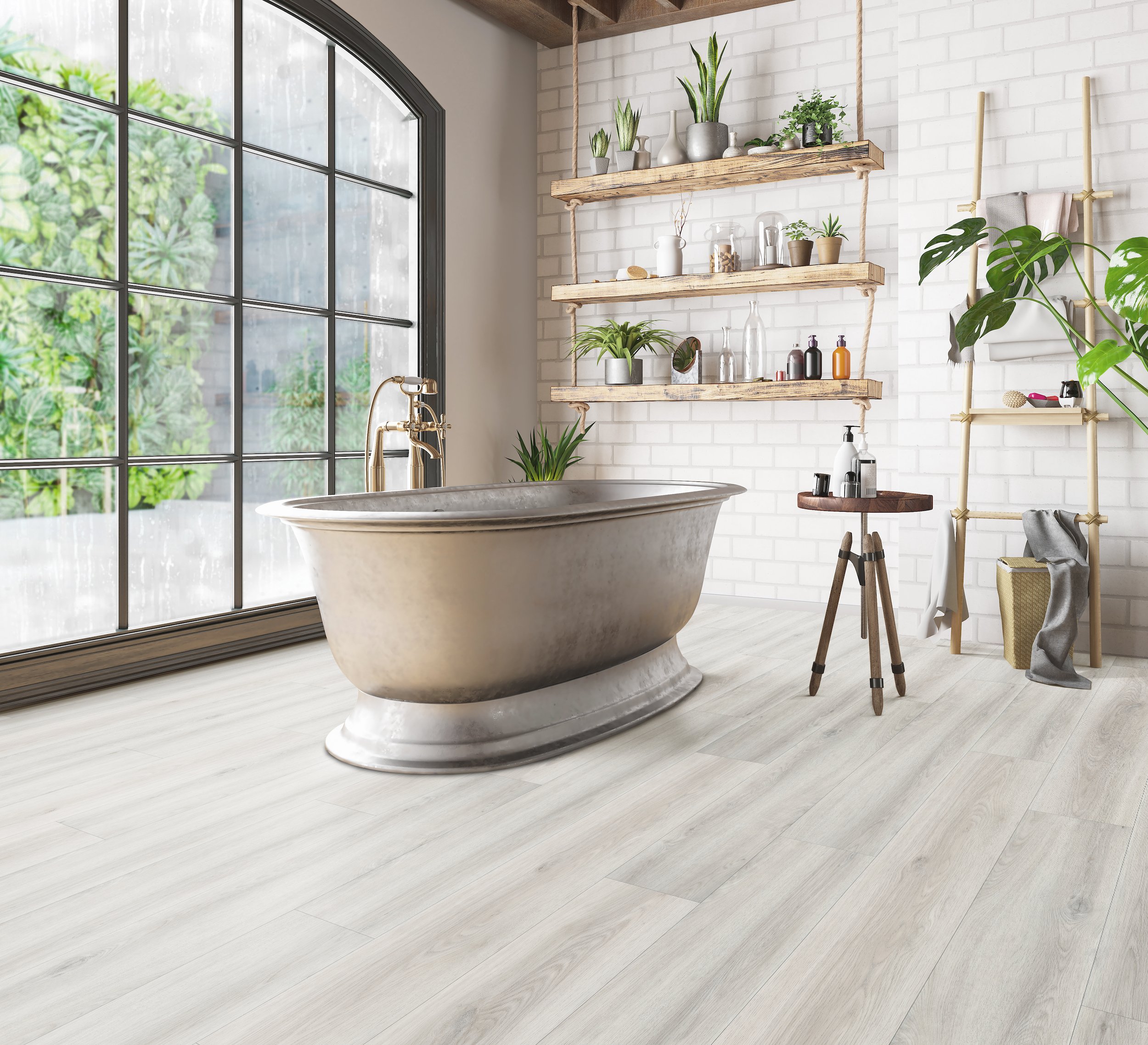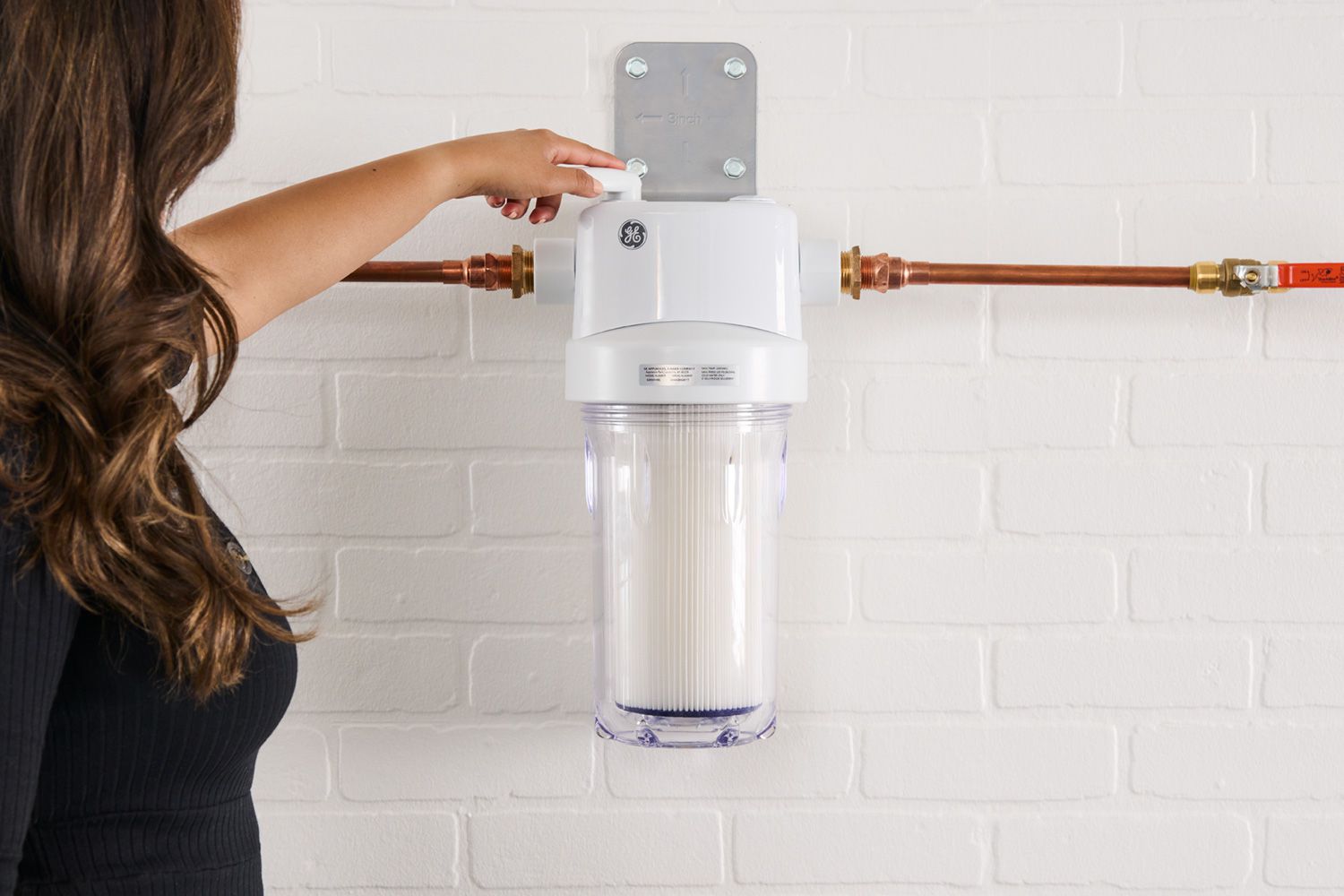
In urban environments and popular cities around the globe, living spaces are shrinking. However, a small footprint doesn’t have to limit your creativity or your comfort. With thoughtful design, even the most compact quarters can be transformed into stylish living areas. Here’s how to make the most of your small space and turn it into a unique and inviting home.
- Embrace Multifunctional Furniture
Multifunctional furniture is a must-have in tight quarters. Look for items that will definitely serve multiple purposes to save space and increase functionality. A sofa bed can double as guest sleeping quarters, a coffee table with storage can hide away linens or books, and a wall-mounted desk can fold away when not in use. Ottomans with storage are perfect for stowing away items while providing extra seating.
- Use Vertical Space
Vertical space is often underutilized in small living areas. By focusing upwards, you can free up important floor space. Install shelves up to the ceiling to store books, decor, or even kitchenware. Use wall-mounted hooks to hang bikes, hats, or coats. Tall, narrow furniture can also provide storage without occupying too much floor area, making your space look cleaner and more organized.
- Choose Light Colors
Light colors make a room feel bigger and brighter. Paint your walls in soft tones like off-white, light gray, or pastel to reflect more light and give the illusion of more space. Mirrors are also a fantastic tool for making a small space look larger; they reflect light and visually double your space. Consider placing a large mirror on one wall or use mirrored furniture pieces to enhance the effect.
- Declutter Regularly
Clutter can make a small space feel chaotic and cramped. Make a habit of regularly decluttering and choose only a few meaningful or beautiful items to display. Use hidden storage solutions to keep everyday items out of sight. This not only helps in keeping your space organized but also makes it more visually appealing.
- Incorporate Personality
Just because your space is small doesn’t mean it can’t showcase your style. Incorporate elements that reflect your personality through textiles, artwork, and decorative pieces. A bold art piece, colorful cushions, or a unique rug can add character and warmth to your living area, making it feel like a home.
- Use Space-Saving Doors
Consider installing sliding doors, pocket doors, or even curtains to separate spaces without the swing space needed for traditional doors. This can be especially useful in dividing sleeping areas from living spaces in studio apartments or in creating flexible-use spaces in your home.
- Integrating a Fireplace
Incorporating a fireplace into a small living area can add a significant touch of warmth and elegance. Electric fireplaces are an excellent option for small spaces because they don’t require venting and can be installed almost anywhere. They provide the visual appeal of a traditional fireplace with adjustable heat settings that don’t overwhelm smaller rooms. You can visit a Fireplace Shop in London to choose from built-in models that can be recessed into the wall or freestanding units that can be moved as needed.
Conclusion
Small living areas offer unique opportunities to get creative with your living space. By taking the above advice into account, you can transform a tight quarter into a functional, stylish, and comfortable living area. Remember, a smaller space doesn’t mean compromising on aesthetics or functionality; it’s an invitation to think big about small spaces.








